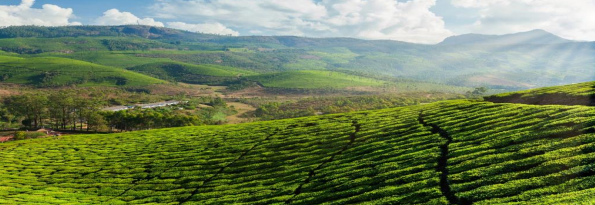If we go by food historians, Indians used the tea leaves in making stews and also mix in garlic and
oil as a veggie dish and also as part of their diet for its medicinal properties. It was used in cooking
vegetables and soups too, before it transformed into what’s now famous as chai. Tea was introduced
formally to Indians by the British, who intended to overthrow China’s monopoly on tea, as a way to
compete with China.
In 1823 Robert Bruce (known as the father of the tea industry) in Assam first
discovered tea being grown in India. He learned from a native nobleman, Maniram Datta Barua that a
principal tribe in the Assam state of India called the Singhpho was growing tea. Maniram Dutta Bar
Bhandar Borua Dewan, popularly known as Maniram Dewan, was the first Indian tea entrepreneur
and commercial tea planter. Robert Bruce found that wild tea leaves found in Assam were very similar
to what they were getting from China and that the soil in Assam was perfect for growing the Assamica
tea plants. Unfortunately, Robert died in 1824, but he had already sent seeds to his brother Charles to
plant in Calcutta Botanical Gardens. Charles Bruce was successful in growing tea there to such an
extent that he was even able to send samples of the plants to the Danish botanist Nathaniel Wallich.
Collected local leaves and seeds of tea were belonging to Camellia species but didn’t consider
the same species that in China but research work keeps continuing.
Meantime Britain’s trade-commerce relation with Chinese empire became unsettle. By
Understanding the extreme importance of tea in elite English life, British considered the possibility
of starting tea cultivation of their own. In 1848, the East India Company engaged “Robert Fortune
(gardener, botanist, plant hunter) to make a clandestine trip into the interior of China to steal the
closely guarded secrets of tea. Robert Fortune was suceeded to smuggle tea from China.
He was the first Westerner to realise that green and black tea comes from the same plants. It is actually
the variations in processing the tea which lead to the different outputs. The first area to be TEA planted
was the mountain region surrounding the city of Darjeeling, perched on the Himalayan foothills, in
the 1850s.

